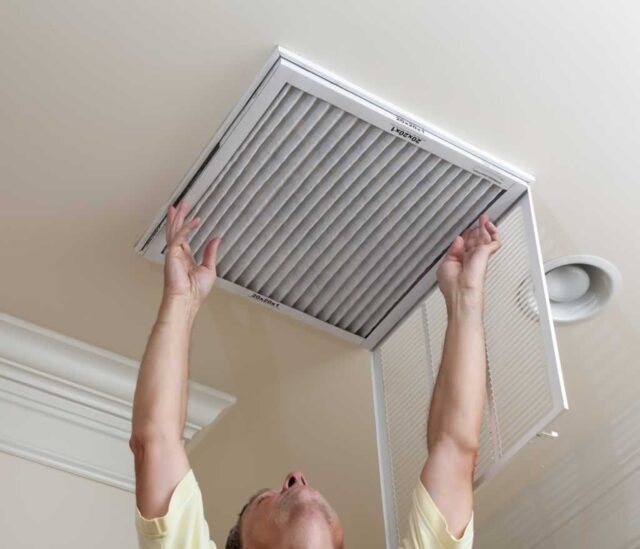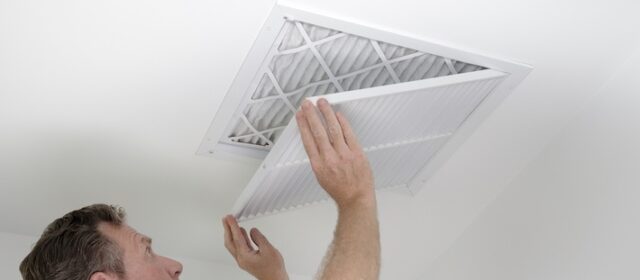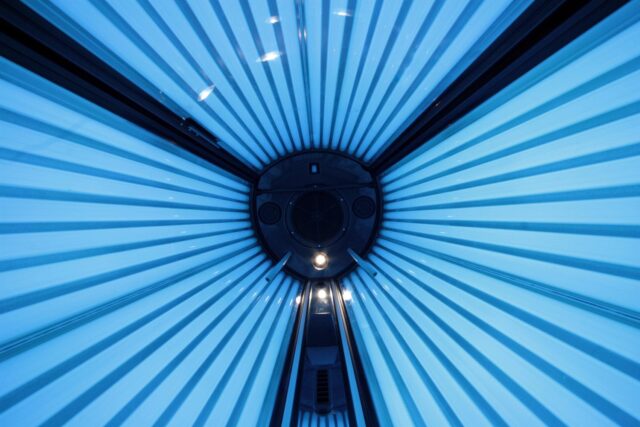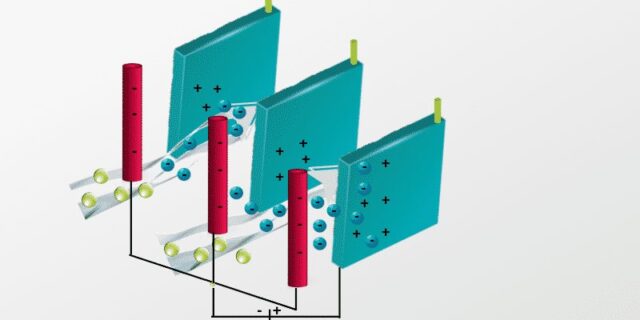
Air filters may sound like a newly-created innovation, but in reality, it has been around for over 200 years. Initially, these gadgets started out as masks to protect firefighters from inhaling toxic gas but ultimately evolved into something that is now used in every household as prevention against airborne pollutants.
One of the reasons why air filters are essential is, millions of people suffer from asthma and allergies, which can be caused by the poor quality of it around the house. To improve this, air filters were created. Since their advancement, air purifiers have become the first source for having filtered air inside buildings, houses and other developments. It is essential to get a reliable air purifier that not only cleans up polluted air but can also prevent a majority of bacteria from entering. But before talking about the different types of air filters, let us first read about how they work:
How Do Air Filters Work?

By definition, air filters are those devices that effectively remove foreign particles, such as dirt, pollen, and dust from the air. They do this by circulating particles out of the air. For example, as air flows into the room, it first goes into the purifier. If the sieve inside of the machine is small, it will be successful in trapping smaller particles.
Once the foreign particles are separated, the purifier then releases clean air into the room. Typically, filters come with a Minimum Efficiency Reporting Value (MERV) rating. According to www.filterbuy.com, the higher the MERV rating, the more efficient it will be. They can come with a MERV rating of 6, 8, 11 and 13. There are many types of air filters that have different functions and limitations. They include:
HEPA Air Filters
HEPA, also known as High-Efficiency Particle Absorb filters, are strong ionic air filters that can reportedly remove up to 99% of foreign air particles and make the air extremely sanitized. These filters trap particles by using multiple approaches. First, the HEPA interacts with particles as the air flows in and catches them. It then curves the airflow and then uses a gas collision to get rid of the small particles. This HEPA filter is commonly used in the medical wards and hospitals to prevent contamination through bacteria. They also help to clean the air in rooms and sanitized hospitals.
UV Light Air Filters

It may not be common knowledge, but UV lights have germicidal capabilities. Thus, this is the type of air filter that is best installed within your HVAC system. You can have one over your coil because this is where mold usually grows. You can also place another of this filter near the air handler to purify the air that will enter through your home.
Ultraviolet light air filters clean the air by exposing titanium dioxide to UV rays and cause a reaction. For example, as the airflow comes in, the photochemical process starts and collects foreign particles such as bacteria, dust, and mold and neutralizes them. This machine uses a high-intensity UV ray (approximately 240-280 nm) that is strong and breaks down carbon-based particles.
This filter is a good companion with HEPA ones and can be used in the medical sector, such as hospitals and medical companies. This UV light filter is dependent on the length of exposure. For instance, the time period of how long the air stream is put against the light.
Ionic Air Filters

Ionic air machines are also known as air ionizers. This one relies on the voltage and charges air molecules to clean it. With the same logic of static energy, they create negatively charged ions or anions and attract particles in the air using that. When the particles contact anions, they are removed from the airflow and deionized.
These types are commonly used in air filtration for commercial purposes. Another variation of ionic air filters are ozone generators, however, people suffering from respiratory illnesses may find that their lungs get a little more irritated when ozone generators are used in a room.
Carbon Air Filters
Carbon air filters, or activated carbon filters as they are sometimes referred to, are more appropriately used in conjunction with other types of air purifiers. They use oxygen to open carbon particles’ pores to make them highly absorbent. Once the carbon is activated, it starts to absorb foreign air particles and bad odors.
These chemicals can be used to trap harmful gases and chemicals that include cigarette smoke. When the air comes into the filter, the activated carbon in the machine catches the odors and gases. The carbon neutralizes these harmful particles. Further, to catch even more harmful gases, this machine can be enhanced to trap the gas. This machine is best suited for environments where there are harmful chemicals that need to be removed.
Electrostatic Filters
They charge air particles to be able to collect these charged particles into the machine. The principle behind this is that the electrostatic charge kills the particulates and microbes in the air particles before these particles are collected and trapped. Different types of plates are used to trap these charged particles and these plates are the ones that need to be washed before being reused.
Other Types of Air Filters
Aside from those mentioned above, there are other types of air filters that are commonly used in HVAC systems such as fiberglass, as well as polyester and pleated filters. These both have a high resistance to airflow. There are also washable air filters where dust build-up is accumulated to improve its efficiency.
It has been concluded that indoor air can be more polluted than outdoor air. Which makes it all the more important to purify the indoor air. Moreover, if you know anyone who has asthma or any respiratory disease, then it is important to cleanse the air. Looking for an environmentally-friendly solution is not at all hard once you know which filter type is best for your situation. For respiratory diseases, the right purifier will clean the air of airborne particles and help establish a healthy and clean lifestyle.







